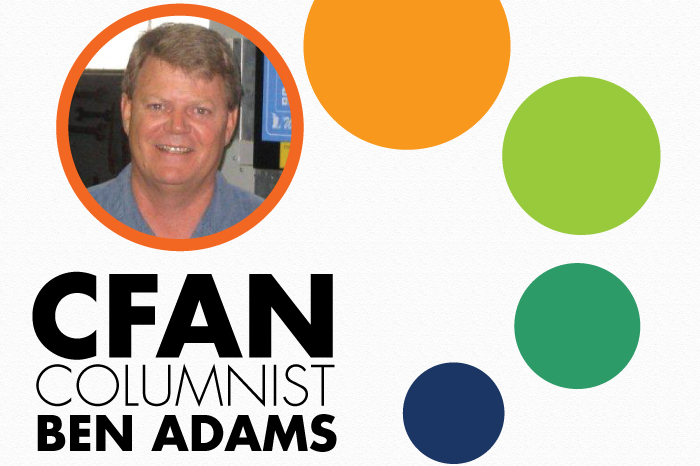In its attempt this year to raise its base utility rate by a whopping 10 percent, Tampa Electric Co. (TECO) technically lost the fight but in the end really won. TECO customers just plain lost.[emember_protected custom_msg=”Click here and register now to read the rest of the article!”]
Back in May, TECO petitioned the Florida Public Service Commission (PSC) for the rate increase— totaling about $135 million annually— because, company officials claimed, the utility wasn’t making enough money.
The rate petition triggered a series of public hearings and meetings in Tallahassee and throughout the TECO service area, and one was hard pressed to find anyone not associated with the utility in support of the rate increase. On the contrary, the increase was heavily criticized— by retail and industrial businesses, by hospital companies, by public school districts, by utility watchdog groups, by consumer organizations, and by rank-and-file TECO customers.
The PSC schedule to receive public comment about and consider the rate increase was supposed to run well into December, with PSC watchers expecting an up-or-down vote on the matter. Imagine, then, the surprise of rate-increase opponents when TECO last month suddenly dropped its request for a one-shot 10 percent rate hike. Instead, the company agreed on or about September 6 to a plan that will phase in rate increases over three years at a level totaling between 5 and 10 percent, and within a week (September 11), the plan had official blessings from the PSC.
The phased-in rate plan was negotiated by the Florida Office of Public Counsel (a public advocacy agency), the Florida Industrial Power Users Group, other watchdog groups and, of course, by lawyers for TECO.
According to a PSC news release, PSC “commissioners agreed that the agreement terms, set through 2017, were in the best interest of TECO customers.” While that’s a matter of great debate— (When, really, are higher prices for goods and services in the “best interest” of anyone’s customers?)— it’s clear that the electricity rate terms are a boost for TECO. The company will gain— at customer expense— an extra $57.5 million per year starting this November, $7.5 million per year on top of that starting in November 2014 and another $5 million per year on top of that starting in November 2015.
As noted in last month’s column, rising utility costs can have a huge ripple effect on the public and the overall economy.
It’s no news that the food-supply chain requires a reliable supply of electricity to keep products from spoiling. Refrigeration units at warehousing operations like Adams Cold Storage run constantly and have electricity among their major expenses. A utility rate increase like the one just approved for TECO usually can’t be absorbed and often are passed along to customers (local, regional, and national) through higher service fees. Those then trickle down to food purchasers— the folks who shop at the local supermarket.
Beyond the food-supply chain, this scenario applies to any business with a great demand for electricity. And consider the effect on— and tax ramifications for— government services, such as your local school district. With utility rate increases, everyone pays. The inflationary effect on goods and services can’t be denied.
Former President Ronald Reagan once called inflation the cruelest tax of all. “The Gipper” was right.
This column is sponsored by Adams Cold Storage.
CREDITS
column by BEN ADAMS
BIO: Ben Adams, Jr. is an owner and president of Adams Cold Storage LLC in Auburndale. He has been directly involved in citrus production, warehousing and distribution, as well as state and community support, since 1980. His facility incorporates 200,000 square feet of multi-temperature warehousing, with an extensive expansion plan on the horizon. [/emember_protected]

